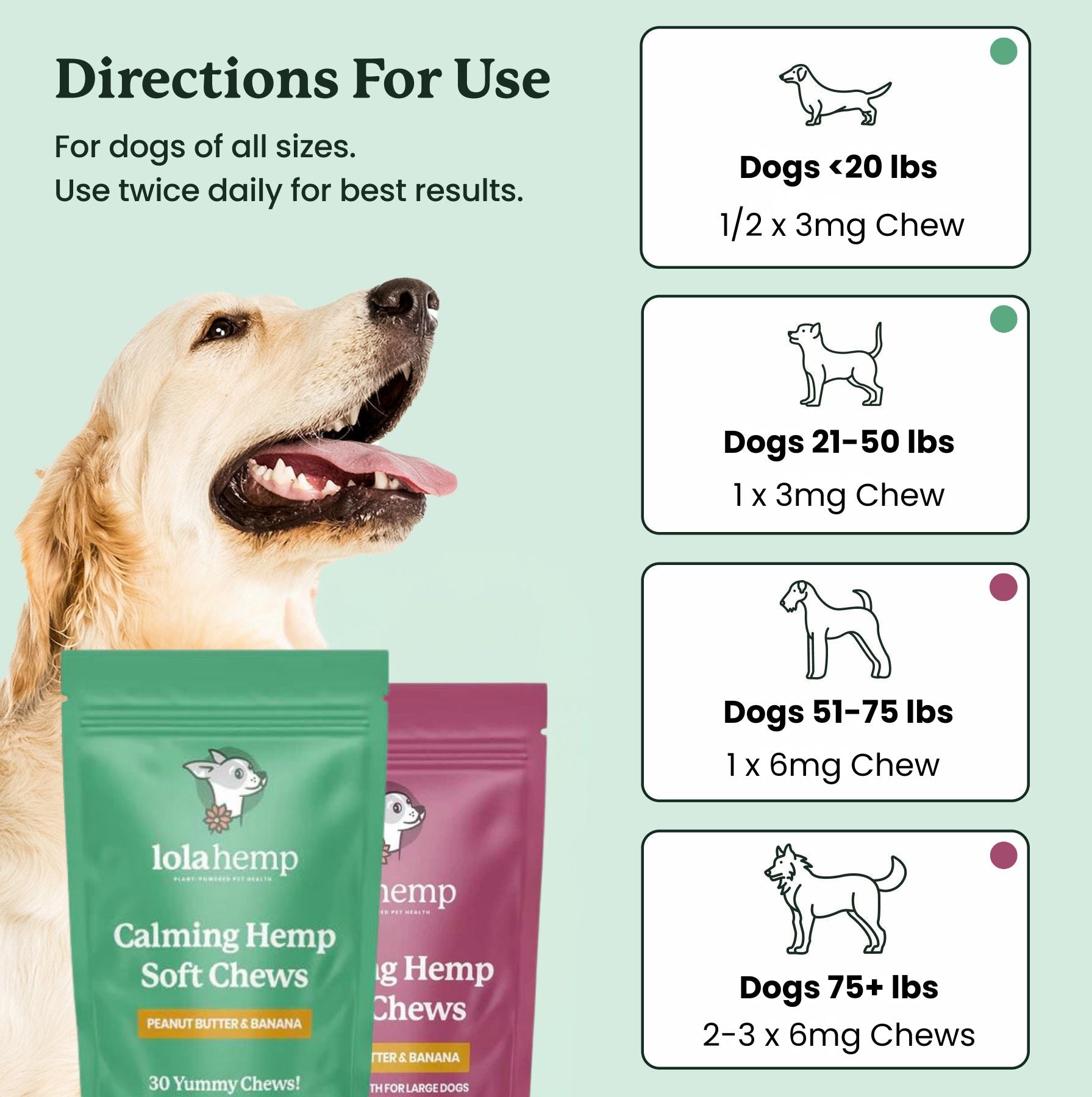The Russian Toy may be one of the smallest dog breeds in the world, but don't let its size fool you—this little companion is full of energy, charm, and loyalty. Originally bred as a lapdog for Russian nobility, the breed is now gaining quiet momentum in the U.S., making it an appealing topic for dog lovers interested in rare toy breeds.
This dogs are athletic and cheerful, and known for their devotion as companion dogs. They bred to be friends and family members, and their energetic spunk only adds to their welcomed presence in the household.
Whether you're considering this elegant pup for your home or just curious about its origins, this guide will walk you through the Russian Toy's history, temperament, grooming needs, and health considerations.
History and Origin of the Russian Toy
The Russian Toy traces its roots to early 18th-century Russia, where it was bred from English Toy Terriers and other small companion breeds. It quickly became a favorite of Russian aristocracy, prized for its compact size, alert nature, and affectionate disposition.
However, political changes and breed decline during the Soviet era nearly wiped out the Russian Toy. Namely, the Russian Revolution which dismantled many aspects of aristocratic life also devalued the breeding of dogs which represented that life.
Devoted breeders worked to preserve the breed, eventually establishing two distinct coat varieties: smooth coat and long coat. The breed was only recently recognized by the American Kennel Club in the Toy Group, making it a hidden gem for dog lovers seeking something both elegant and uncommon.

Russian Toy Temperament and Personality
The Russian Toy is spirited, intelligent, and deeply devoted to its owner. Despite its delicate appearance, it has a surprisingly bold personality and can be quite alert, making it an excellent little watchdog.
These dogs form strong bonds with their humans and thrive on companionship. They may be shy with strangers and need early socialization to build confidence in new environments, so be sure to expose a Russian Toy to as many big, friendly dogs and pets as you can. There's nothing as wonderful as a small and confident dog!
Due to their size and sensitivity, they may not be the best fit for families with very young children, but they do well in calm households and often get along with other small pets.
Appearance: What Does a Russian Toy Look Like?
The Russian Toy typically weighs under 6.5 pounds and stands around 8–11 inches tall at the shoulder. They have a delicate bone structure and a fine build that gives them a graceful, elegant silhouette.
There are two coat types: smooth and long. The long-haired variety is particularly striking, with feathered ears and legs that add to the breed’s dainty charm. Common colors include black and tan, blue and tan, brown and tan, and red (with or without sable).
They have large, expressive eyes and a high-set tail that typically curls over the back, giving them a confident yet playful appearance.

Exercise and Training Needs
Though small, the Russian Toy is energetic and benefits from daily walks, play sessions, and gentle mental stimulation. Their compact size makes them well-suited to apartment living, but they still need outlets for their curiosity and energy.
Training should be positive and consistent. These dogs are eager to please but can be sensitive to harsh corrections. Early exposure to a variety of people, places, and experiences will help them grow into confident companions.
They excel in agility and obedience for toy breeds and can be remarkably agile given the right motivation and encouragement.
Grooming and Coat Care
Short haired breeds require a lot less grooming than long-hared Russian Toys. Both are relatively easy to groom, however. Here's a breakdown of how grooming needs vary slightly based on coat type:
- Smooth-coated Russian Toys: Require minimal grooming—just a quick brushing once or twice a week to remove loose hair.
- Long-coated Russian Toys: Need brushing a few times per week to prevent tangles, especially around the ears and legs.
All Russian Toys benefit from regular nail trims, ear cleaning, and dental care. Their small mouths are prone to dental issues, so brushing teeth or using vet-approved dental chews is recommended.
Health Concerns and Lifespan
Russian Toys are generally healthy, but their small size and limited breeding pool mean there are a few issues to watch for:
- Patellar Luxation: A common issue in toy breeds where the kneecap may slip out of place. Avoid letting your Russian Toy jump from high couches or beds without assistance. Investing in small sets of stairs is a good idea.
- Dental Disease: Small mouths often lead to overcrowding and plaque buildup. Be sure to brush your dog's teeth regularly and give them dental treats to help break plaque up.
- Fragility: Due to their delicate bone structure, rough play or jumping from furniture can result in injury. This goes for patellar luxation as well as other bone and joint injuries.
These issues, while potentially severe, can be avoided with a little attention to detail and regular maintenance. With proper care and regular vet visits, Russian Toys typically live between 12 to 14 years.
Should You Own a Russian Toy?
The Russian Toy is ideal for individuals or families who want a small, affectionate, and elegant companion with moderate exercise needs. They're well-suited to apartment life and older households but may not thrive in homes with young, energetic children or large, boisterous pets.
If you value a dog that is easy to groom, easy to carry, and eager to be by your side, the Russian Toy could be a perfect fit. Just remember to provide gentle leadership, regular vet care, and plenty of lap time.
In return, you'll get a loyal, loving little shadow with a heart that far exceeds its size.











